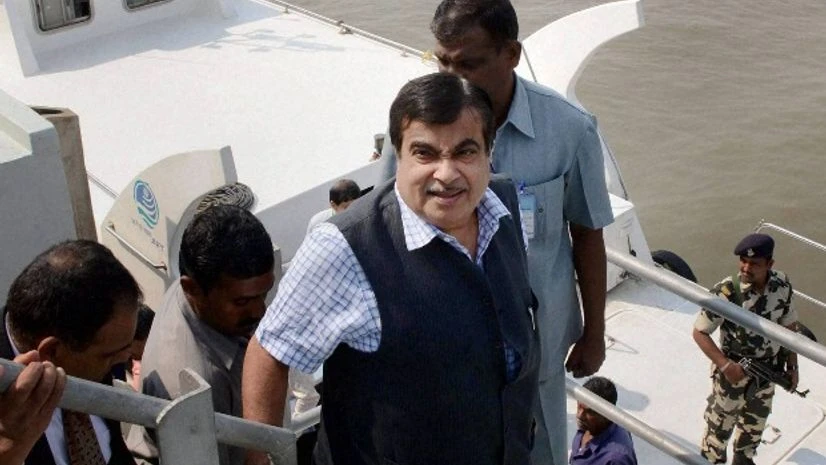A study by global consultants McKinsey & Co and AECOM for the Union ministry of shipping says optimising the logistics flow for key commodities by 2025 could save Rs 30,000-40,000 crore.
It recommends creation of more capacity at major ports and a logistics aggregator company to consolidate the shipping supply chain.
The report says coastal shipping capacity can handle 150-250 million tonnes annually of cargo comprising coal, cement, iron and steel, foodgrain and fertiliser. There is a potential here to save Rs 10,000-20,000 crore by 2025. And, by setting up new coastal capacities for bulk commodities (steel and cement) for 100-120 mt annually, the saving would be Rs 6,000-8,000 crore. Further, by reducing the time to export containers by five days, another Rs 10,000-12,000 crore).
Also Read
Raising the railways’ share in container traffic from the current 18 per cent would lead to annual saving of Rs 3,000-6,000 crore. Indian ports handled 857 mt of bulk cargo in 2013-14.
The study estimates that in 2025, bulk traffic will increase to 1,850 mt. Export-import bulk will increase four per cent annually, to reach 1,100 mt. Coastal bulk traffic will grow at 22 per cent yearly, to reach 750 mt by 2025.
All this would require dedicated coastal capacities at specific ports. Also, require storage, bunkering and ship repair facilities, for coastal shipping. A logistics aggregator company could provide end-to-end services.
In containerised cargo, Indian ports handled 10.7 million TEU (Twenty Foot Equivalent Unit, the measure here) in 2013-14. This traffic has grown eight per cent annually over the past decade. The study estimates this will grow at 6.5 per cent yearly under normal business consitions and reach 21.5 mn TEU by 2025. Including the impact of programmes such as Make in India and the development of industrial corridors, the traffic could also grow to 24-25 mn TEU.
To handle this, it says, there is need to develop a trans-shipment port at the country’s southern tip, with capacity of 10-12 mn TEU. And, capacity at the Gujarat and Maharashtra port clusters to be increased by 2-2.5 mn TEU, beside new feeder ports at central Andhra and West Bengal, with capacity of 1-1.5 mn TEU.
An aggregator is needed, it says, to consolidate the coastal shipping supply chain, since the market for such shipping is marked by low liquidity and small parcel size for industries other than coal.
The ministry of shipping could take the lead here.
It also suggests existing and new ports align their capacity expansion plans in line with the projected increase in coastal shipping volumes. Also, planning for adequate storage at origin-destination ports, bunkering facilities and reduced taxes, to encourage ships to bunker within Indian waters, and adequate repair facilities.

)
